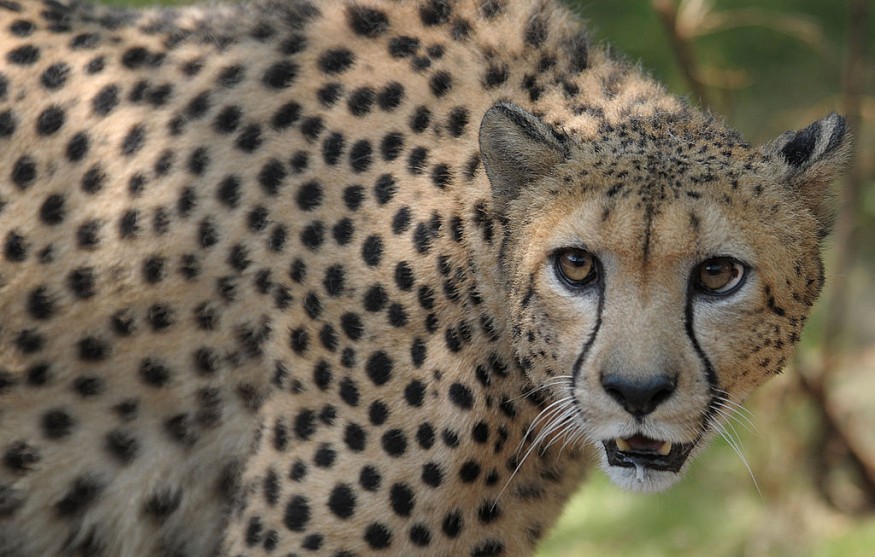
The attempts to restore the Cheetah population in India are under criticism after seven cheetahs died due to the reintroduction efforts of the government.
The restoration efforts have been historic in India, as reintroduction would help relocate cheetahs in India after the animals became extinct in 1952.
The efforts would aim to repopulate the extinct species of Cheetah in India. However, the project has been criticized due to the animals' recent deaths.
Cheetah deaths in India
According to CNN's recent report, a male cheetah named Tejas had serious injuries, and later on died. The report noted that authorities would investigate the Cheetah's death.
Meanwhile, India Today reported that the four-year-old Tejas at the Kuno National Park also showed mating injuries.
Furthermore, the BBC report showed that Tajas could likely die from possible infighting.
The cheetah population became extinct in India in 1952, or 70 years old. The government launched a historic project in 2022 to reintroduce the Cheetah.
The report said 12 cheetahs were relocated to the country to help with the repopulation efforts.
While people explained cheetahs would find it difficult to adapt, the authorities would see the project as a success in bringing back the extinct animal.
Experts also raised concerns over the habitat of the said cheetahs.
BBC and CNN reported that three cubs died in India, including four adult cheetahs.
- The report said the adult cheetahs suffered from cardiac failure, mating issues and kidney failures.
- Meanwhile, the cubs were discovered underweight.
More facts about cheetahs
People might have seen Cheetahs on television showing remarkable skills in speed and running. The said animal is considered a great hunter.
According to the Cheetah Conservation Fund, Cheetahs in wildlife could live from 10 to 12 years, depending on the competition in their environment.
The report noted that the animal's long legs help unleash a remarkable speed to hunt wildlife. Cheetahs also have large lungs and nostrils, allowing them to run 110 km/hr (70 mph).
Cheetahs can see hunting in the late afternoon, which they first monitor and chase.
In terms of size and weight, the report highlighted that Cheetahs could reach from 40 to 60 inches in length. The weight of the said animal could reach up to 125 pounds.
According to the World Wildlife Fund (WWF), the cheetah population has five species known in wildlife: Asiatic Cheetah, South African Cheetah, Northwest African Cheetah, Northeast African Cheetah and East African Cheetah.
Meanwhile, the report said Cheetah is considered vulnerable due to threats by the IUCN Red List.
The growing threat of habitat loss, hunting, commercial development and illegal wildlife trade could threaten the global population of cheetahs.
As a result, animal conservation and protection efforts are crucial to save them from possible population decline and extinction.
For more similar, don't forget to follow Nature World News
© 2025 NatureWorldNews.com All rights reserved. Do not reproduce without permission.





